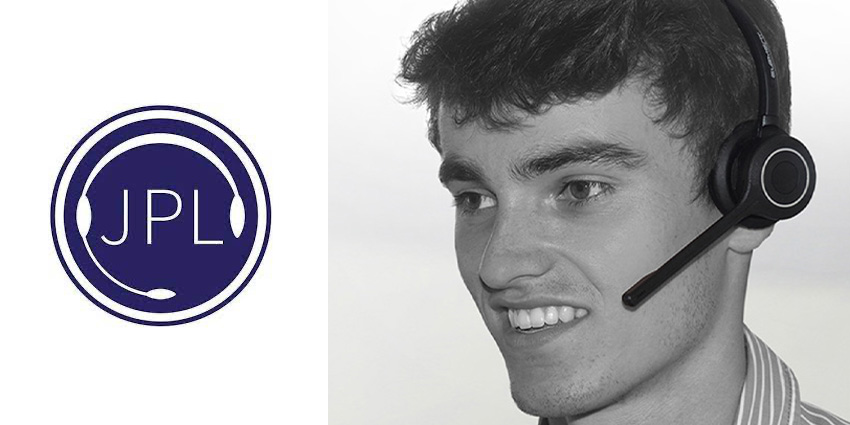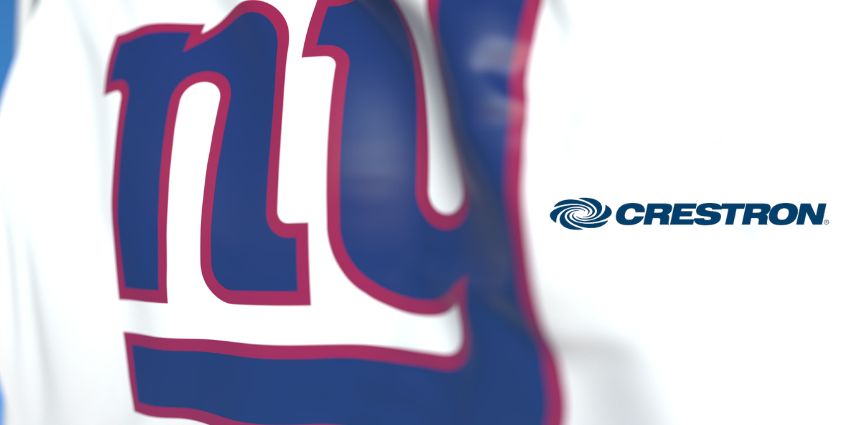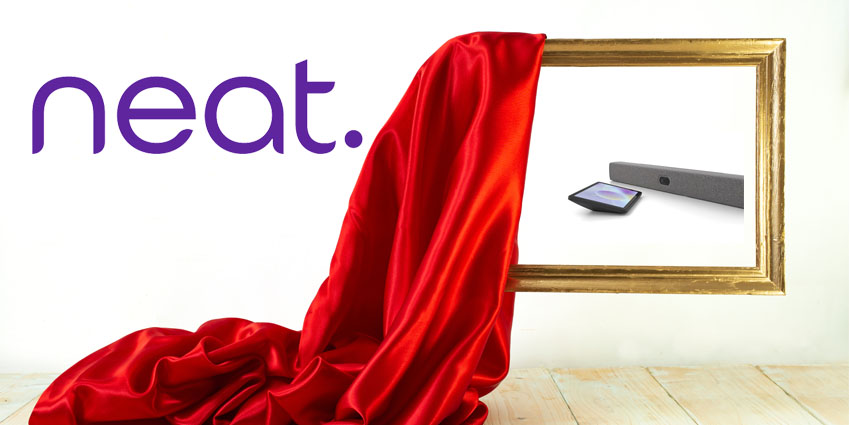Many people around the world are starting to get back to the office – if not fully, then to a significant extent. And among those who are not coming back yet, we see another trend of further professionalizing the home office. Those trends have been creating an increased demand for USB headsets, as people are still conducting many of their business interactions remotely, and are therefore looking for products that could easily connect to any softphone or UC platform.
For that end, headset manufacturer JPL Telecom offers a modular headset that one can use with their regular desk phones; but also, flip it straight onto USB or Bluetooth for any other communications platform they need to conduct a call with. Its patented modular features make the JPL Element X500 an ideal office headset in today’s rapidly changing market.
The Perfect Office Headset
The Element X500 is a wireless DECT desk phone headset, which turns into a USB or Bluetooth headset at the push of a button (or, in this case, at the push of a cartridge).
“With all the different changing UC platforms out there today, you have to be able to have utmost flexibility when it comes to connectivity choices,” says James Clarke, CEO of JPL Telecom.
“Normally, you’d have to make that connectivity choice at the time of purchase. But with the X500, you can simply buy the designated cartridge (USB or Bluetooth), push it into the headset’s base, connect it to your PC/ Tablet/ Mobile, and you’re good to go. That’s a unique patent by JPL Telecom.”
JPL’s Element X500 definitely offers an optional Bluetooth cartridge for whoever prefers that type of connectivity. However, as Clarke clarifies, it’s meant to be used in an office or home office environment only, as the headset is operating using DECT technology with an industry-standard range of about 300 open space feet.
“This is a classic office-type product, or home-office-type product, since it always stays connected to its base.”
Other than the modularity of the X500 in the connectivity aspect, JPL also made sure to make it sustainable in terms of wearing styles.
“If you have a high-concentration conversation, the user can use the binaural version. And if you have a low concentration conversation, they can simply ‘pop off’ the binaural headband and ‘clip on’ the monaural headband instead.”
USB is on the Rise
As a result of the pandemic, most of us search for the camera element in our business calls. To enable regular video conferencing with various types of platforms, we need a headset that would connect to any softphone, i.e. a USB headset.
“Not being able to travel to see people has naturally created a surge in video calls. People are talking to their PCs, and they’re doing it through various platforms: Teams, Zoom, Skype, you name it. We can’t control how our customer or business partner wants to communicate with us, and this is why we have to have hardware that is platform-agnostic. That’s exactly what we’re trying to cater for with the X500.”
Clarke notes that at JPL, they’ve witnessed a massive change in purchasing habits when it comes to USB products.
“Prior to COVID, 80% of our sales were of traditional, plug-into-your-office-phone type headsets – whether it was wired or wireless. Now, it’s turned the other way around: our sales are 80% USB,” Clarke shares.
Future Proof Your Headsets
Ultimately, while planning the Element X500, JPL was trying to create a headset that the end user can grow with.
“Connectivity and the choice of connectivity are changing constantly, so you need to invest in hardware that is future-proof,” Clarke explains.
“We’re building a Plug-and-Play type product, where you plug in the bit you need: if it’s the headband, a USB cartridge, a Bluetooth cartridge. It makes us more sustainable, and it gives the customer way more choice. No one really knows, particularly at the moment, what their needs are going to be in the future. We’re here to help solve that uncertainty.”







